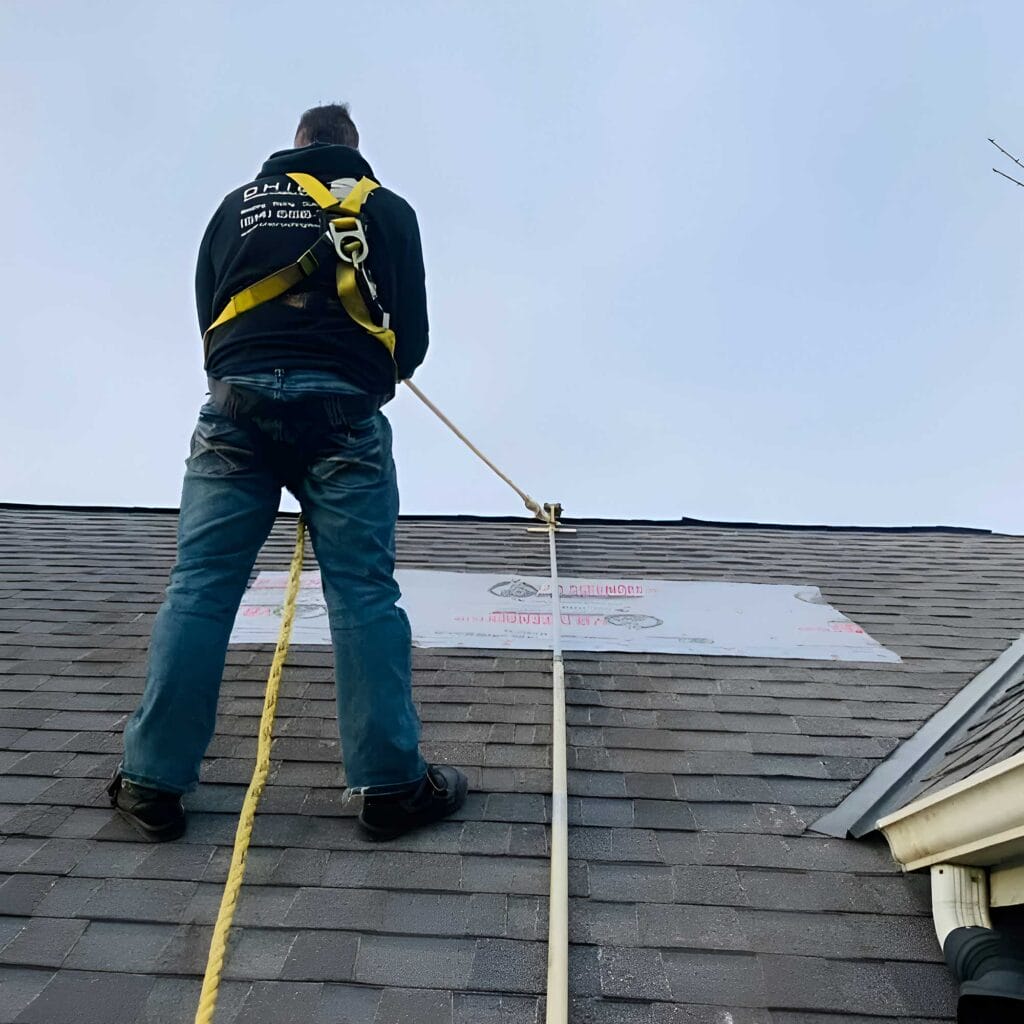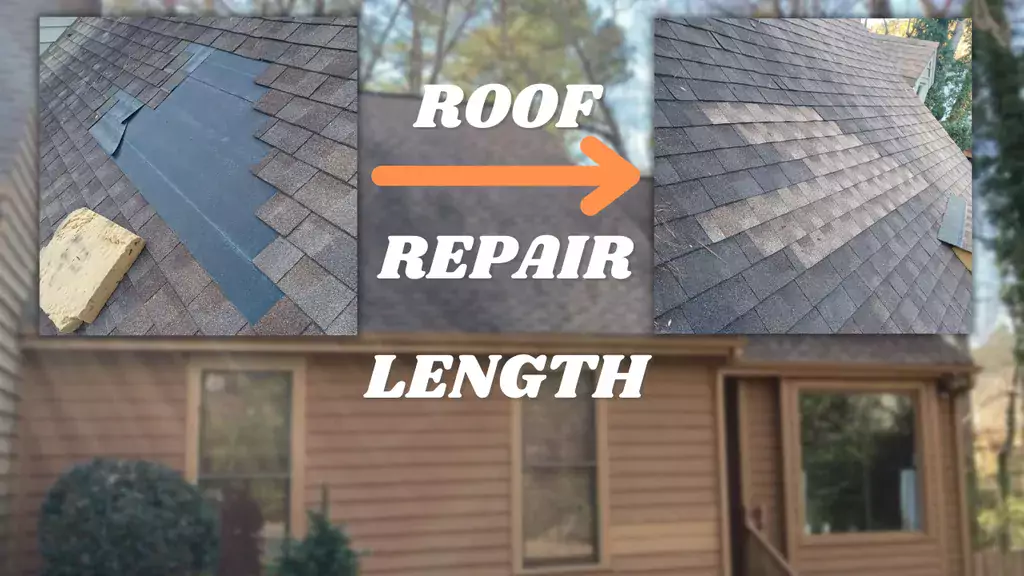Roofing Oahu: Specialist Roofer for Your Oahu Building
Roofing Oahu: Specialist Roofer for Your Oahu Building
Blog Article
Recognizing the Various Kinds Of Roof Coverings: A Comprehensive Guide for Homeowners
With a variety of alternatives-- varying from the conventional gable to the contemporary flat-- each type presents one-of-a-kind advantages and difficulties that should line up with the property owner's environmental factors to consider and particular demands. As we discover the ins and outs of different roof covering types, it comes to be evident that one size does not fit all; the best option may stun you.
Gable Roof Coverings
Gable roofings, defined by their triangular shape, are amongst one of the most prominent roofing styles as a result of their simplicity and performance in dropping water and snow. This layout includes two sloping sides that meet at a ridge, permitting effective water drainage and lessening the threat of water accumulation. The high pitch frequently associated with gable roof coverings enhances their capacity to deal with hefty rainfall, making them ideal for various environments.
In enhancement to their sensible benefits, gable roofings supply aesthetic flexibility. They can be adapted to numerous architectural designs, from traditional to contemporary homes. The style can also accommodate added functions such as dormer windows, which boost natural light and ventilation in the attic room area.
Additionally, saddleback roofs supply ample room for insulation, adding to energy effectiveness. Homeowners can pick from a selection of roof materials, consisting of asphalt shingles, steel, and tiles, even more enhancing customization alternatives.
Despite their advantages, saddleback roofs may call for additional support in areas susceptible to high winds or heavy snowfall. Overall, the saddleback roof stays a favored choice due to its mix of capability, sturdiness, and visual charm.
Flat Roofs
Level roof coverings are usually acknowledged for their minimal layout and sensible applications, particularly in commercial and commercial settings (oahu roofing). These roof coverings include a virtually horizontal or straight surface, which permits simple building and construction and flexible area utilization. While they may do not have the visual charm of pitched roofing systems, level roofing systems provide many benefits, especially in metropolitan environments where making the most of room is critical
One of the main benefits of flat roofing systems is their accessibility. House owners can use the roofing system area for various functions, such as rooftop gardens, balconies, or solar panel setups. Additionally, level roofs are normally much more cost-efficient to set up and keep contrasted to their sloped counterparts, as they need less products and labor.
Nonetheless, flat roofs do existing certain challenges. Correct drainage is vital to prevent water pooling, which can cause leakages and structural damage. For this reason, picking premium waterproofing products and normal inspections are vital for making certain longevity. Usual materials used for flat roofings consist of built-up roof covering (BUR), modified bitumen, and single-ply membranes, each offering unique benefits. Generally, level roof coverings offer as a functional and adaptable choice for numerous house owners and services alike.
Hip Roofing Systems
Hip roofing systems are characterized by their sloped sides that converge on top, creating a ridge. This style is unique from gable roofing systems, as all four sides of a hip roof incline downwards towards the walls, offering a more stable framework. The angle of the inclines can vary, permitting convenience in building appearances and performance.
One of the primary benefits of hip roof coverings is their capacity to stand up to hefty winds and adverse climate condition. The sloped surface areas enable far better water drainage, lowering the risk of leakages and water damages. Furthermore, hip roof coverings use raised attic room area, which can be used for storage space or perhaps transformed into habitable areas.
Nonetheless, building a hip roofing system can be more complex and pricey than less complex roof covering kinds, such as gable roofings. The additional product and labor included in creating the slopes and see post making certain proper structural integrity can cause higher costs. Despite these downsides, numerous property owners prefer hip roofing systems for their longevity, aesthetic appeal, and possibility for energy efficiency.
Mansard Roofings
Mansard roofing systems, frequently recognized by their unique four-sided design, function two slopes on each side, with the reduced slope being steeper than the upper. This architectural design, originating from France in the 17th century, is not just visually enticing yet useful, as it makes best use of the functional room in the upper floors of a building. The high reduced slope enables more headroom, making it a suitable choice for lofts or attic rooms, which can be converted into living spaces.
Mansard roof coverings are defined by their adaptability, accommodating various architectural designs, from typical to modern. They can be built with different materials, including asphalt shingles, slate, or steel, giving house owners with a series of alternatives to match their choices and budget plans. Furthermore, the layout enables the combination of dormer home windows, improving natural light and air flow in the top degrees.
Nonetheless, it is vital to take into consideration the possible downsides. Mansard roofings may call for even more maintenance because of the intricacy of their style, and their high inclines can be challenging for snow and rainfall drainage. On the whole, mansard roofing systems incorporate sophistication with functionality, making them a prominent selection amongst property owners looking for distinctive building features.
Lost Roofing Systems
As property owners progressively seek simpleness and functionality in their building designs, dropped roofs have actually emerged as More about the author a popular choice. Defined by a solitary sloping plane, a shed roof covering presents a minimalist aesthetic that complements numerous home designs, from modern to rustic.
Among the primary advantages of a shed roofing is its simple building, which frequently converts to decrease labor and product prices. This style enables effective water drain, decreasing the danger of leakages and water damages. In addition, the upright slope supplies ample area for skylights, enhancing all-natural light within the interior.
Shed roofs likewise offer flexibility in terms of use. They can be properly integrated into additions, garages, or outside frameworks like sheds and structures. Additionally, this roofing style can accommodate various roof covering materials, consisting of steel, asphalt roof shingles, or also environment-friendly roof coverings, aligning with environment-friendly efforts.
Nevertheless, it is important to take into consideration local environment conditions, as hefty snow lots may require adjustments to Full Report the roofing system's angle or structure. Generally, shed roofings present a practical and aesthetically pleasing alternative for home owners wanting to maximize capability without compromising design.
Verdict


Gable roof coverings, identified by their triangular shape, are among the most popular roof designs due to their simplicity and performance in shedding water and snow. oahu roofing. The steep pitch frequently associated with gable roofs boosts their capability to manage heavy rainfall, making them appropriate for different environments
While they may do not have the visual allure of pitched roofings, flat roofings offer countless advantages, especially in metropolitan settings where making the most of room is vital.

Report this page